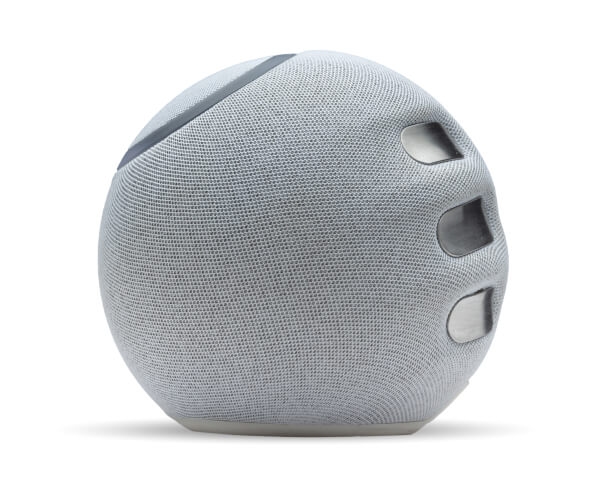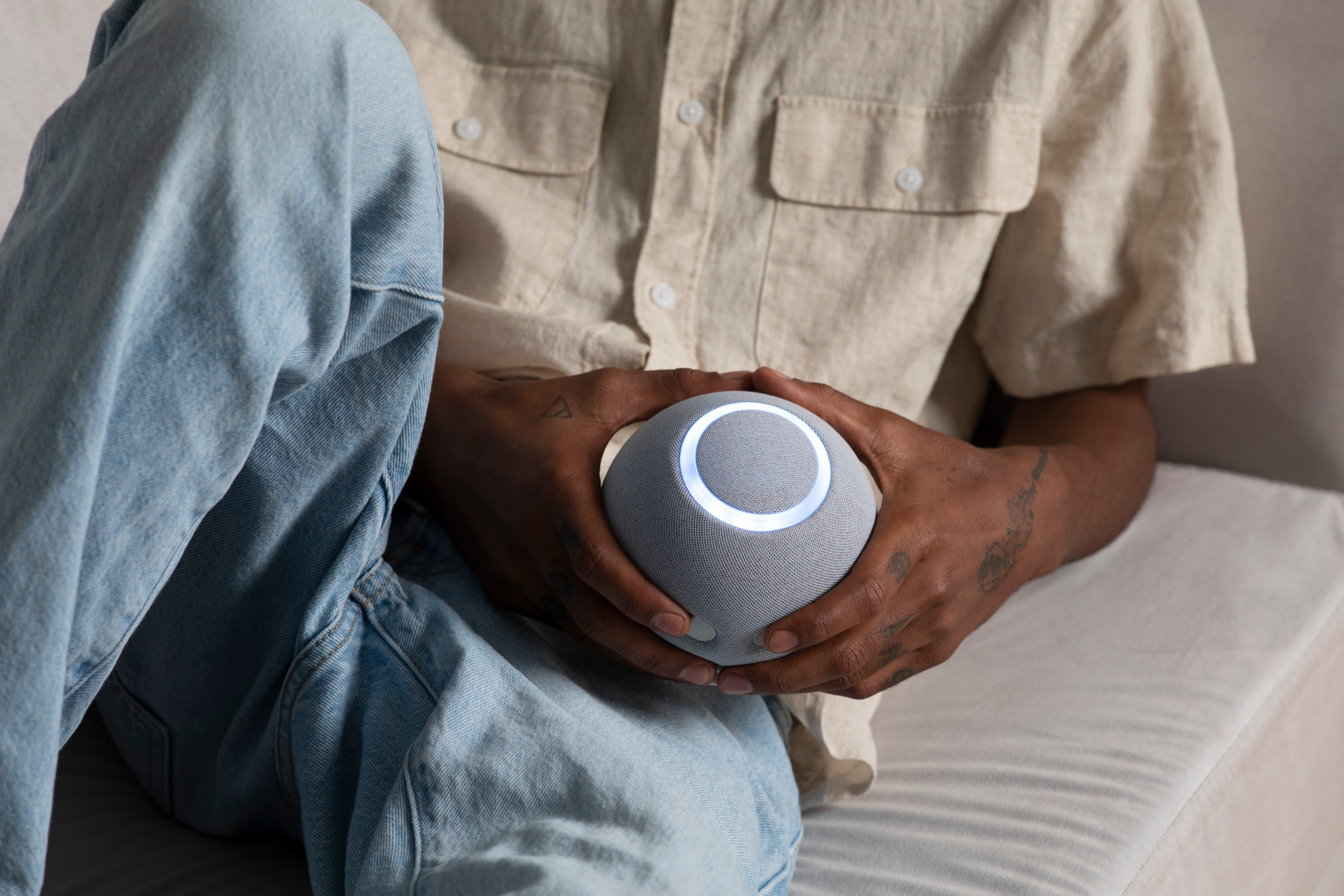Relaxation. It’s that beautiful, peaceful serenity we all yearn for…especially when we’re anxious and stressed. We do all sorts of things for relaxing the mind and body – vacations, yoga sessions, journaling, Netflix, and massages, just to name a few – but what actually creates a lasting impact?
We decided to find out. After scouring a mountain of scientific studies on the subject, we’ve broken down the feeling of relaxation into a science. Keep reading for 8 small (but mighty) habits that will create a significant impact on your levels of relaxation.
But First: What is Relaxation Anyways?
Giving a speech? Juggling way too many looming deadlines? In an argument with a family member? At times like these, stress takes over, sending your body into fight-or-flight mode and relaxation feels like a distant dream.
One way to define relaxation is to recognize what it isn’t: feeling tense, under pressure, or out of control…otherwise known as stress. In fact, feeling relaxed is the exact opposite - it’s all the good stuff like inner peace, calm, and complete ease.
Why is Relaxation Important?
Funny enough, the unpleasant feelings of stress are what give value to relaxation in the first place. It’s when you’re feeling the painful side effects of chronic stress – insomnia, depression, chronic pain, anxiety, digestive issues, heart disease, and the list goes on – that you yearn for relaxing activities the most.
In this way, the biggest benefits of relaxation are avoiding the downside of stress and maintaining optimal mental, physical, and emotional health.
Feeling Relaxed: How to Make It Happen
So how do you move from stress to feeling relaxed (especially after an adrenaline rush)? …You activate the relaxation response. The relaxation response is the exact opposite of fight-or-flight, and it’s characterized by slower breathing, lower blood pressure, and a lower heart rate.
Dr. Benson, one of the first Western physicians to bring spirituality into medicine, says that the relaxation response is “a physical state of deep rest that changes a person's physical and emotional responses to stress.” According to science, small daily changes can add up to big shifts in relaxing your mind and body. Here are a few ways to start triggering your relaxation response more often.
5 Beginner-Friendly Relaxing Activities
#1: Daily Breathwork Practice
Have you noticed your breath when you’re stressed? Usually, it’ll speed up and become more shallow. In fact, each emotion elicits a different kind of breath pattern - and since the vice versa is true too, you can use your breath to affect how you think in a positive way.
Start with this technique: engage in slow, deep diaphragmatic breathing where you expand and contract the belly like a balloon. From a scientific point of view, diaphragmatic breathing will lower your cortisol levels, and counteract stress, including the negative emotions that come with it. If you practice it for 10-20 minutes a day, it’ll help train your body to drop the nerves and strengthen the relaxation response.
#2: Daily Exercise
We’ve all been told (again and again!) how great exercise is for the body. Well, science backs up the claims with studies that show that exercising before a stressful event can actually counteract the negative effects of stress.
So if you have an anxiety-inducing interview or a stressful day at work coming up, hit the gym or go for a jog to keep cool-headed. Or better yet - make exercise a part of your regular routine to combat stress before it even arrives.
#3: Daily Gratitude Practice
It’s as the saying goes: What you focus on, grows. So if you put attention on what’s good in your life – by writing letters or journal entries – you’ll kick the toxic emotions to the curb and welcome more of those ‘good feels.’ Here’s a gratitude ritual to try out: Each evening, brew a nice cup of herbal tea and journal on what went well during the day. Over time, you’ll train your brain to think positively, and become happier and more fulfilled while relaxing the mind and body.
#4: Daily Meditation
Anxiety or stress can surface when we’re stuck in the past or anticipating the future - and at times like these, the best antidote is to bring the mind back to the present moment, AKA, meditation. Practicing mantra, mindfulness or sound meditations for 20 minutes per sitting, can put you in a mindful state where you watch your thoughts come and go, without reacting to them.
As you become attuned to your thinking patterns, the spiraling thoughts, to-do lists, and imagined worst-case scenarios fall away - along with the feelings of overwhelm and anxiety. Meditation is a great way to feel the benefits of relaxation.
#5: At-Home Biofeedback Devices
Biofeedback lets you know exactly what’s going on in your body on a physiological level. These devices show you how relaxing activities are impacting your body in real-time to help you understand what works for you.
Thankfully, at-home biofeedback devices have made this type of relaxation practice more accessible than ever before. Try using an at-home biofeedback device to rewire your body and mind and control stress more effectively.
3 Advanced Techniques For Relaxing the Mind and Body
If you regularly engage in relaxing activities like breathwork, exercise, gratitude, meditation, and at-home biofeedback – and you’re ready to take your relaxation to new heights – we have 3 advanced techniques that can help you experience more benefits of relaxing.
#1: Progressive Relaxation
Since the mind reacts to the body (which is why ‘stress cycles’ are a thing), mental relaxation naturally happens if your body is physically relaxed.
Progressive relaxation accomplishes this by guiding you to tense – and then immediately relax – different sets of muscle groups at a time, in a particular order. Try this guided progressive relaxation practice once or twice a day to turn down the anxiety, stress, and depression:
#2: Guided Imagery
You may have heard of the magic of visualization - and now, the science has shown it’s a proven way to reduce your anxiety and cortisol levels.
Guided Imagery is a relaxation practice that evokes positive physiological and behavioral responses through professional instruction. It’s even successfully been used to replace traumatic memories with positive ones. Be sure to work with an experienced, licensed therapist so it leaves you feeling relaxed and calm.
#3: Biofeedback Therapy
Biofeedback therapy includes 3 common types: measuring the skin temperature (thermal), muscle activity (electromyography), and brain waves (neurofeedback). Under the guidance of a licensed therapist, electric nodes are attached to your skin to measure your body’s physiological reaction to different relaxation practices.
The therapist can then help you narrow in on techniques that can help you regulate your body’s functions - especially when treating conditions like chronic pain, headaches, anxiety, ADHD, and epilepsy.
Use Our At-Home Biofeedback Device, Reflect, To Feel the Benefits of Relaxation
Feeling relaxed is a science, and Reflect can help you crack the code. Practice your choice of relaxing activity in combination with Reflect’s biofeedback device. This way, instead of relying on subjective feelings, Reflect can give you an accurate insight into whether you’re truly relaxing the mind and body with your practice. Experience the benefits of relaxing with Reflect.






